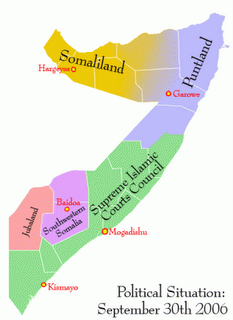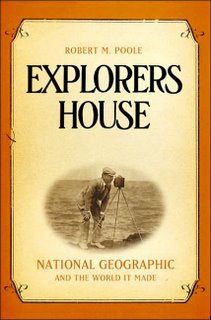Now is the time of my life where I pad my resume/vitae with presentations. I am all ready done with two paper presentations and one panel session while the last one is a lecture presentation. Here the list...
Paper Presentations:United Caliphates of Europe: A Geographical Look at Sharia MicrostatesThe latter half of the twentieth century saw a large rise in Muslim migration into Western and Central Europe. Originally, Europeans assumed that only a small number of immigrants would arrive and that they would assimilate. However, the promise of Europe attracted a larger than expected number of migrants. At the same time, immigrants interpreted European promises of "human rights" to mean that cultural assimilation would not be necessary. Now original misunderstandings have led to societal conflict, and have helped create spaces where regular law enforcement is nominal at best. Not falling into anarchy, these spaces have instead become microstates under improvised Sharia law. These microstates have similar demographic, infrastructural, and spatial qualities with each other and are each a part of a larger communicative network.
To be presented at the Association of American Geographers National Convention in San Fransisco during April 17 to 21, 2007.Portrayals of Plains Indians and US Army along the Oregon TrailWhen one thinks of the Oregon Trail, “America’s National Epic,” one thinks of brave, noble families on their own, reaping the awards of Manifest Destiny. Rugged wagon trainstraveling on the vast, empty “Great American Desert” heading off into the west. However, two key players in the national epic are commonly missing in the popular mindset: Indians and the US Army. These two groups provided safety, excitement, and danger to emigrants in the Great Plains section of the Oregon Trail. All along the Oregon Trail these groups played crucial roles in the national epic. Their portrayal along the Oregon National Historic Trail is one of accuracy, inaccuracy, and total ignorance.
Was presented at a regional meeting of the Association of American GeographersPanel Sessions
Spread the word: Podcasting, blogging and the New Media in GeographyPodcast. Blog. These are words that continue to expand into the mainstream from their tech-based roots, and have even made their way into the dictionary. The "New Media", which includes blogs and podcasts, have become effective tools for reaching a number of audiences, including Geography and geospatial technologies communities. For members of the general public who are interested in learning more about geography-related topics, these New Media can offer a useful starting point for some and interest others in learning more. Many professionals now routinely use blogs to disseminate up-to-date information and discuss events and trends relevant to their industry. While there are still those who are not familiar with the technologies, those in the know are asking the questions "how can they help me", "what can they be used for", "who is blogging and podcasting" and "how can I make my own". The panel will offer differing perspectives on blogging and podcasting, with specific focus on the Geography and geospatial technologies communities that have emerged within the 'blogosphere.' The discussion will touch on a variety of topics including the great potential for the New Media as educational tools, but will also attempt to provide answers to the questions above and those of the attendees.
To be held at the Association of American Geographers National Convention in San Fransisco during April 17 to 21, 2007.
Lecture PresentationHow do you cite a KML file? A look at NeogeographyThe first decade of the twenty-first century is one of great promise for geography. New tools like virtual globes, mash-ups, and other things have given the academic, professional, student, and common person the ability to explore and learn more about the Earth like never before. These tools and their related applications have extremely low learning curves while still being high quality. Right now some schools are using neogeography to educate while businesses and organizations are putting it to practical use. This presentation takes a look at some of the uses of neogeography and how it could possibly change the face of geography in the academic and outside world.
Possibly to be delivered at the South Dakota State Geography Convention and where ever I can present it or am invited to present (drop a line if you wish!)










